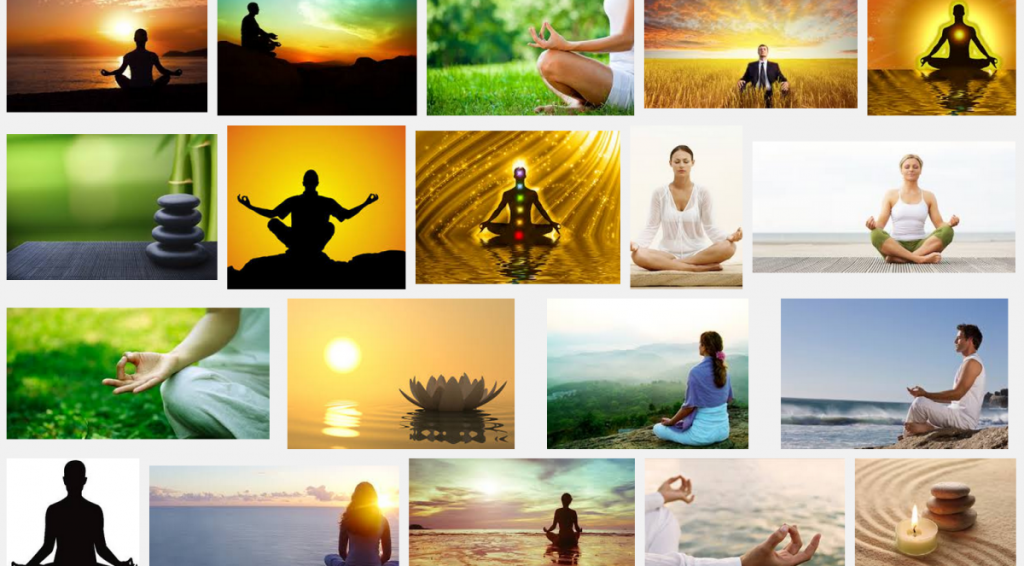If you do a Google Image Search for “meditation,” you get bombarded with serenity. Mountaintops, beaches, and sunsets take over your browser window.
Like in the below screenshot.

While the stuff of inspiring stock photography, all these beautiful young people sitting calmly in beautiful places do little to convey the actual experience of meditation practice. In my five years of meditating nearly every day, I’ve never had a session where I immediately felt at ease with the world.
Instead, there’s always the mental chatter — what to cook for dinner, what projects are due at work, whether or not I’ll go on a second date with that girl. Even if I’m on top of some beautiful vista (like my roof in Brooklyn), that voice in my head will still insist on starting out a sit with a lot of gossip.
And that’s where a super simple mindfulness technique taught by the renowned meditation teacher Pema Chodron is so helpful.
It’s actually two parts:
• I try to anchor my attention on the sensations of breathing. In the same way that a sommelier attunes herself to noticing the various aspects of a sip of wine, I try to fully attend to the experience of breathing — the texture of my clothes, the movement of air from my nose. Once you take the time to appreciate it, you realise that your lungs do an awful lot of movement when they fill and empty of air to keep you alive.
• When I realise that my mind has started wandering away into some argument I had three years ago or a deadline I have coming up tomorrow, I say to myself thinking. As in, oh, I’m thinking right now, better return to my breath. I try to do this with a light touch — play the role of the nurturing parent rather than the punitive parent.
It’s subtle stuff.
While you might not realise it, there’s a skill slowly, slowly being learned here. As one of my favourite Buddhist teachers Ethan Nichtern, author of “the Road Home,” has said, it’s a meta-cognitive skill — every time we say “thinking” when we notice we’re thinking, we’re strengthening our ability to spot when our minds are getting lost.
And since it’s a skill, it takes time to learn. You can’t be expected to excel at the violin the first time you pick the instrument up. Same thing with meditation. But unlike practicing violin, practicing meditation won’t be excruciating for the people who live with you.
Source: http://www.businessinsider.com.au/simple-mindfulness-meditation-technique-2015-4



